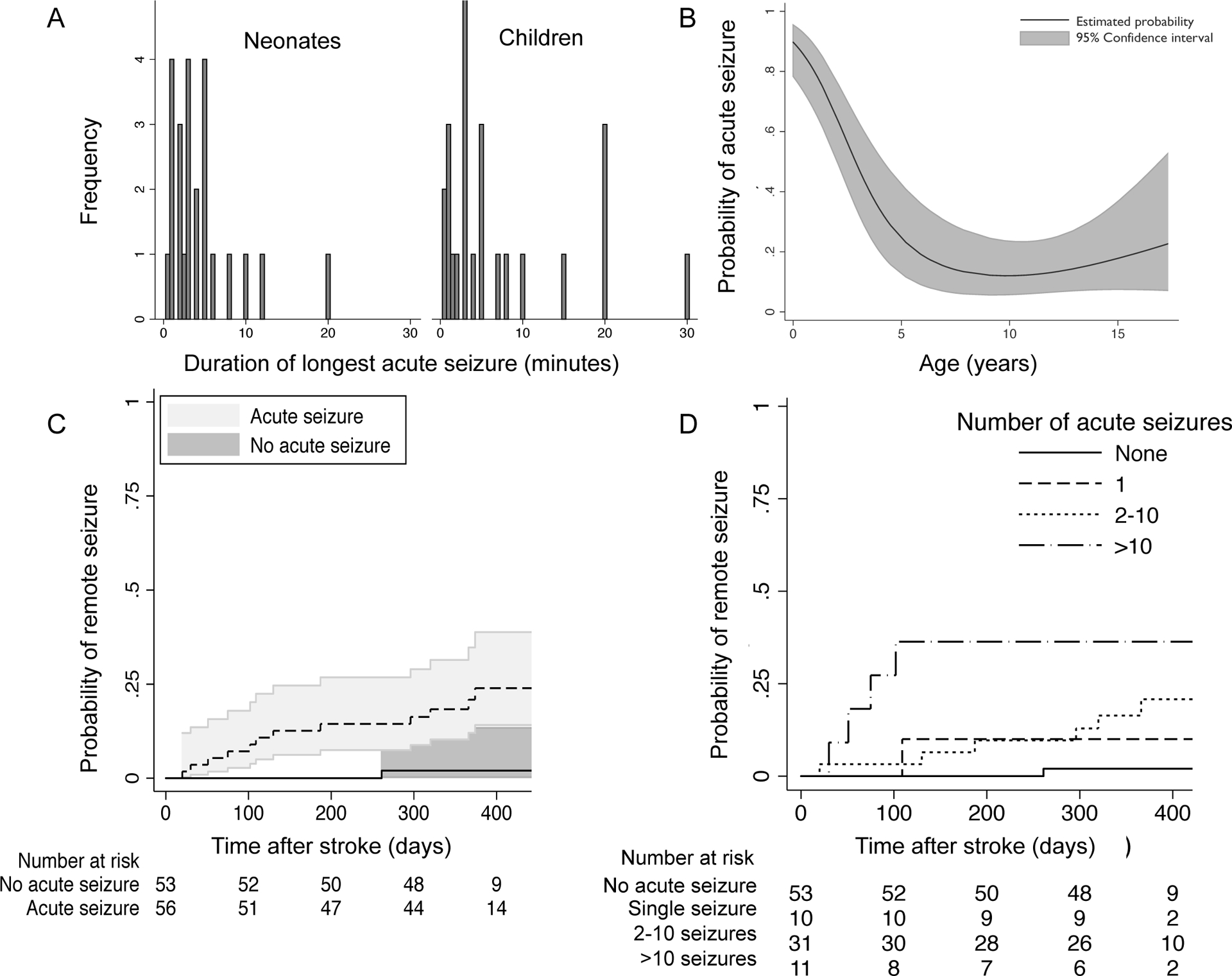Figure 2. Acute and remote seizure characteristics and predictors after pediatric arterial ischemic stroke.

(A) Histogram demonstrating durations of the longest acute seizure (≤ 7 days post-stroke) after arterial ischemic stroke. (B) Younger age predicted acute seizures (black line = estimated probability of acute seizure by age, shading = 95% confidence intervals); model includes neonates and children (all participants birth to 18 years at the time of stroke). (C) Children with an acute post-stroke seizure had a 2% (95% CI 1.1%–3.4%) average monthly incidence rate of a first remote seizure and 18% (CI 10–31%) cumulative incidence at one-year post-stroke. (D) Recurrent acute seizures were associated with increasing remote seizure risk. Reference group: patients with no acute seizures; Single acute seizure: HR 5 (95% CI 0.3–84, p=0.2); 2–10 acute seizures: HR 10 (95% CI 1.2–85, p=0.03); > 10 acute seizures: HR 26 (95% CO 2.9–230, p=0.004).
